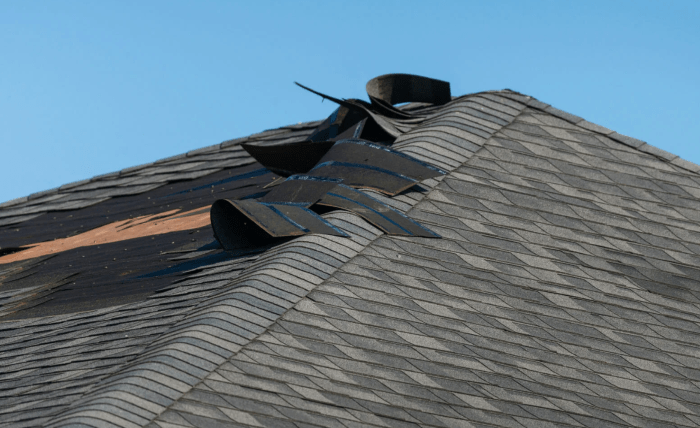
Your roof defends your home against rain, heat, and wind. Yet even a tiny, unseen hole can let in water that damages insulation, rafters, and drywall. These small gaps start quietly but lead to major repairs if left unchecked. Detecting them early helps protect your home and prevent expensive restoration work.
A trusted company like Shield Roofing Systems can perform a detailed inspection and spot weak points that the untrained eye might miss. Their expertise ensures that small holes are sealed before they cause larger problems. Learning to recognize the warning signs helps you act early, saving both money and peace of mind.
Unexplained Water Stains on Ceilings or Walls
Dark, circular stains on ceilings or walls are an early clue of a roof leak. Even a small hole allows rainwater to travel along beams before it shows inside. These stains grow over time, and the moisture trapped behind them can weaken the structure. Ignoring the discoloration allows mold and mildew to take hold.
Check every room, especially those directly beneath the attic. If stains appear in multiple areas, water may be spreading through insulation or rafters. A professional inspection can trace the leak’s exact path and stop it before it worsens.
Damp or Musty Attic Odors
A musty smell in the attic signals trapped moisture. Small roof holes allow rain to soak insulation and wood, creating an environment where mold thrives. Once that odor sets in, moisture has likely been inside for weeks or longer.
Inspect insulation and beams for damp spots or soft areas. Mold may appear as dark patches on rafters or near vents. Calling specialists ensures the moisture source is sealed, keeping your attic clean and dry.
Visible Light in the Attic
If daylight seeps through the roof boards, even slightly, it’s a serious warning. Gaps that let in light will also allow water, insects, and cold air to enter. Small cracks expand with each rainstorm or temperature change, creating bigger problems over time. Regular attic checks can catch this early.
Stand inside your attic during daylight hours and scan for narrow rays or glowing lines. Any visible light means your roofing surface is no longer fully sealed. Quick repairs prevent leaks from spreading and protect your insulation from damage.
Unusual Drafts or Temperature Fluctuations
Hidden roof holes can alter your home’s temperature balance. Cold air enters during winter while heat escapes, forcing your HVAC system to work harder. These changes raise energy bills and reduce indoor comfort. Drafts near ceilings or upper walls usually point to small roof openings.
Professionals can locate and repair small roof openings that are hard to spot from inside the home. They use specialized tools to detect air leaks and moisture buildup hidden beneath insulation. Hiring experts ensures the problem is fixed at the source, preventing further heat loss and protecting your home’s energy efficiency.
Roof Discoloration or Moss Growth
Dark streaks or moss on your roof suggest moisture buildup. Water trapped under shingles feeds moss growth, which holds more water against the surface. Discoloration usually means that water has already seeped beneath the outer layer.
Hire a professional to clean and inspect the surface. They can remove moss and identify where leaks began. Once repaired, proper ventilation and drainage will prevent moisture from returning.
Small roof holes can cause costly damage if ignored. Early detection saves your ceilings, walls, and insulation from long-term harm. With help from professionals like Shield Roofing Systems, you can repair minor issues before they turn into major disasters. Staying alert to these signs will keep your roof strong, your home dry, and your investment secure.




